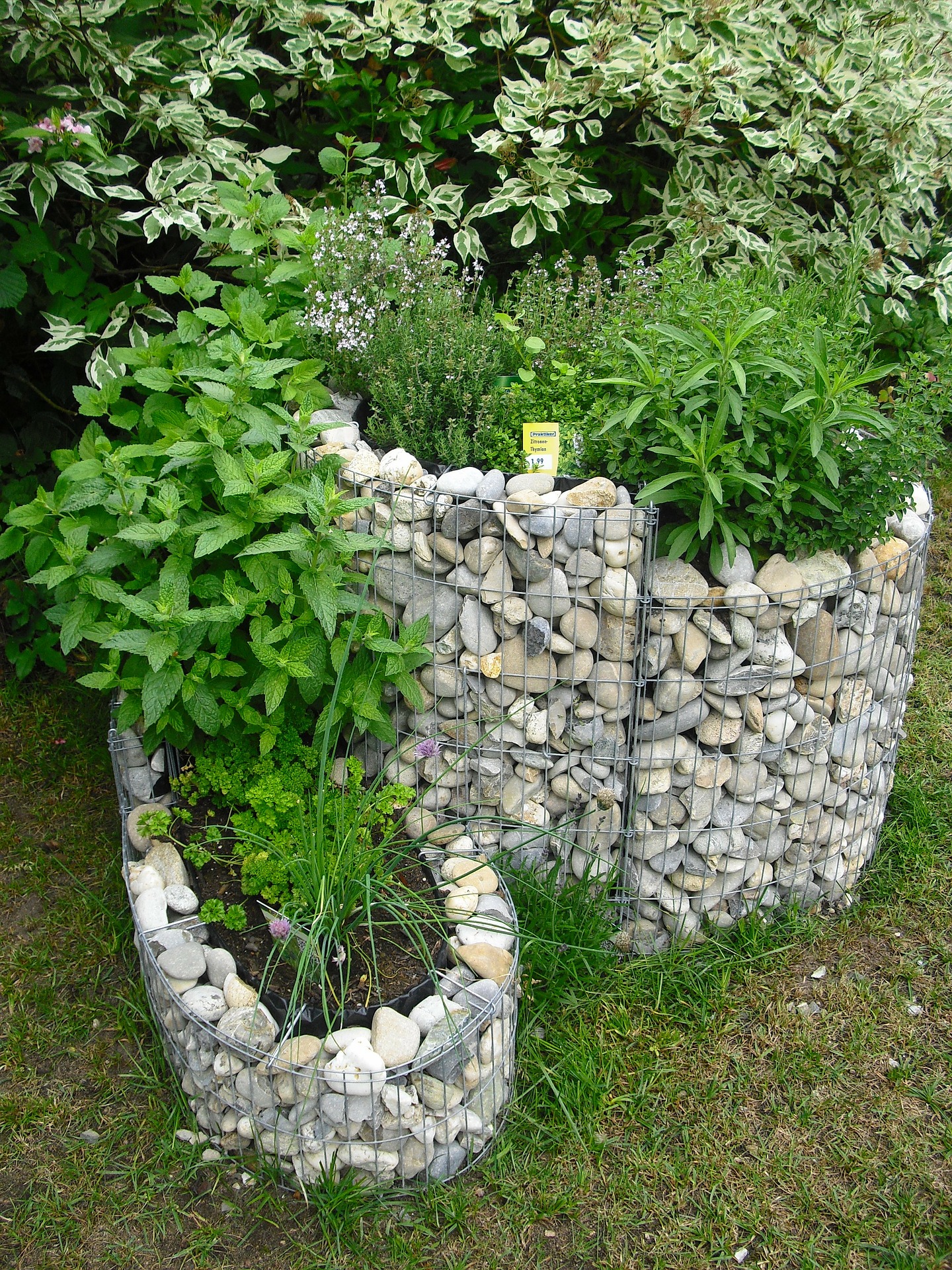Arg, cabbage worms. In just a couple of days your cabbage, broccoli, kale and any other type of Brassicas that cabbage worms love, can go from beautiful to a hole covered mess. Here are some tips on how to grow your cold crops without resorting to chemical sprays:
Floating row cover. Using a floating row cover is by far the best solution to thwarting cabbage worms. The moths can not access the plants to lay their eggs. Row covers also keep other pests off, keep the soil warm, allow rain in, are relatively inexpensive, and can be used over and over. One thing to keep in mind though is that you have to cover your crop as soon as you plant it. The last thing you want is an infestation under the row cover.
Baking soda and flour. Mix equal parts baking soda and flour in a bowl, fill a flour sifter, and sift the mixture on the plants. The caterpillars will eat the mixture and die within a day. The major drawback to this is that most of the time the caterpillars feed on the underside of leaves, which can be quite a job to coat if you have a large amount of plants. Only use this technique infrequently, as the baking soda can eventually cause the soil to become toxic to the plants.
Diatomaceous Earth. The super fine and the microscopic particles act like sharp razor blades on soft-bodied insects. Sprinkle on the leaves.
Catch the moths. A great task for kids with a butterfly net. The moths can be fed to chickens.
Beneficial Insects. Promote habitat for beneficial insects such as Braconid wasps (Diaeretiella rapae). Cabbage worms are one of their favorite hosts.
Biological insecticide. Bt (Bacillius thuringiensis) is effective against most types of foliar feeding caterpillars, it will not harm beneficials. Apply every 5-7 days.
Neem oil. Effective against the eggs and the feeding caterpillars. Neem should not be applied in direct sunlight though, early morning or dusk applications are best, so it can be allowed to dry before exposed to direct sunlight. Applications of neem should continue every few days for two weeks, and after rain.
Garlic Water. 1 gallon of water mixed with 1/4 cup of pure garlic juice, and 1/4 cup of fish oil will deter the moths and stop the caterpillars.
Companion planting. Strongly scented herbs such as mint, hyssop, rosemary, southernwood, thyme, sage, wormwood, celery, catnip, marigold, and nasturtium interplanted will confuse the moths. These plants often also attract beneficial insects that feed on the caterpillars such as Brachnid wasps.
Handpicking. Though this can be time consuming on large crops, it is effective. The best time to hand pick is in the morning when the caterpillars are still slow moving and less active. Every caterpillar removed is one less egg laying moth! Plus, they make great chicken treats!
Trick them. Pieces of white cloth or egg shells laid amongst the crop and on the leaves can make the adult moths think there are already moths present, and cause them to fly somewhere else.
To buy or sell locally grown products, visit our website, Pick-A-Pepper.com!
Similar Stories:
- Can Neem be grown in the US?
- Get Rid of Armyworms on Your Tomatoes
- Make Your Own Dishsoap
- 5-Gallon Bucket Worm Farm=Black Gold
- 5 Recipes for Non-Chemical Insecticides




